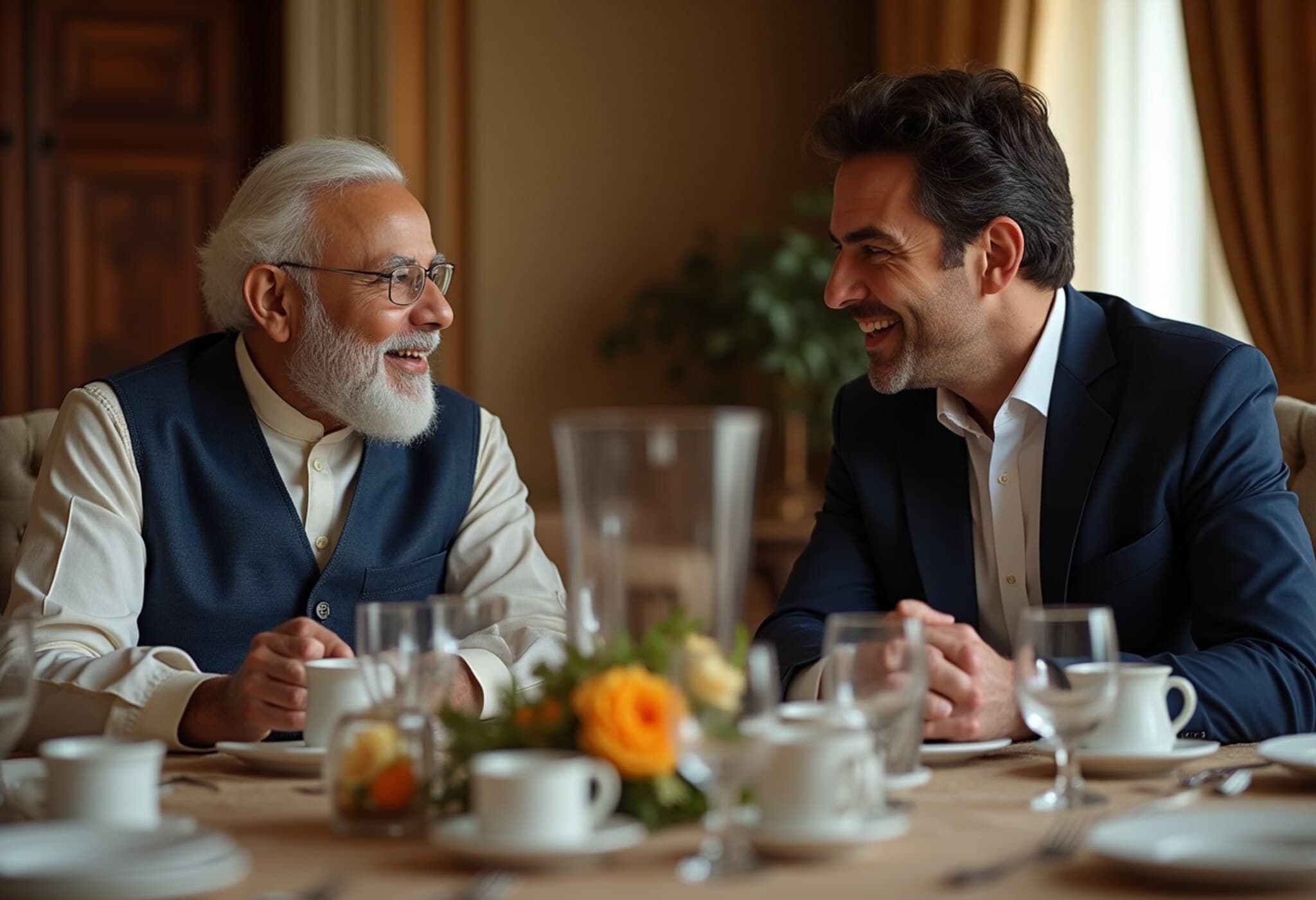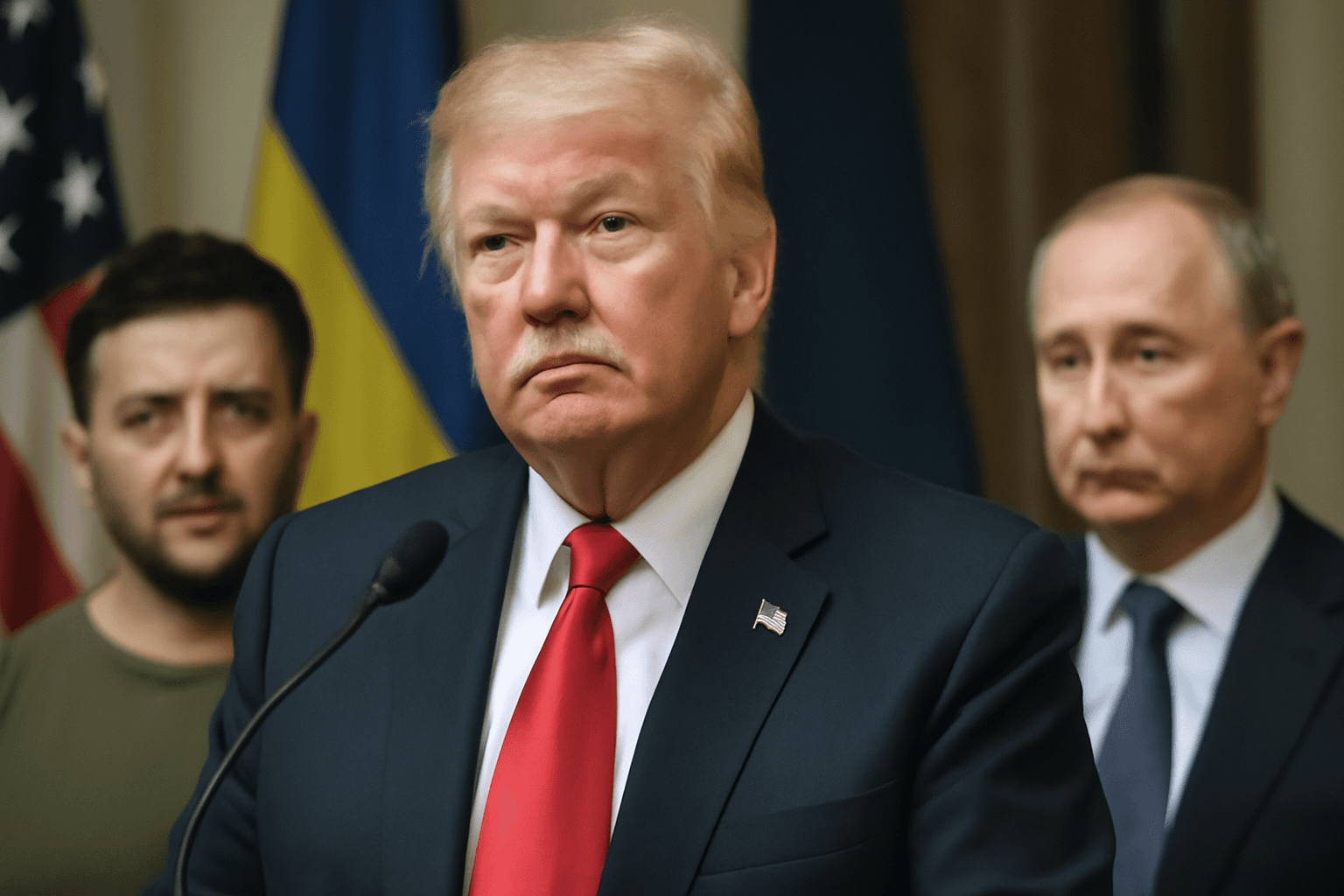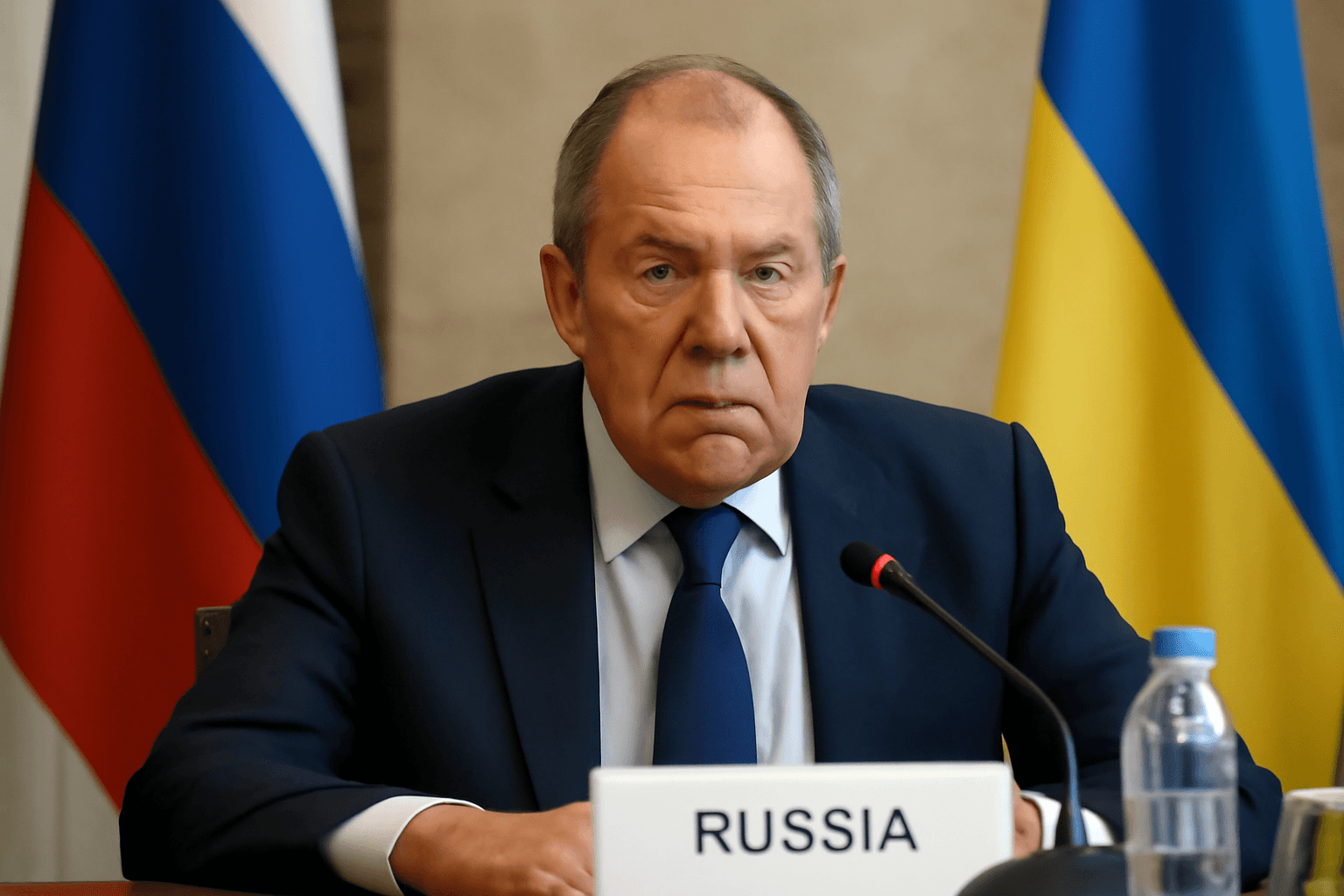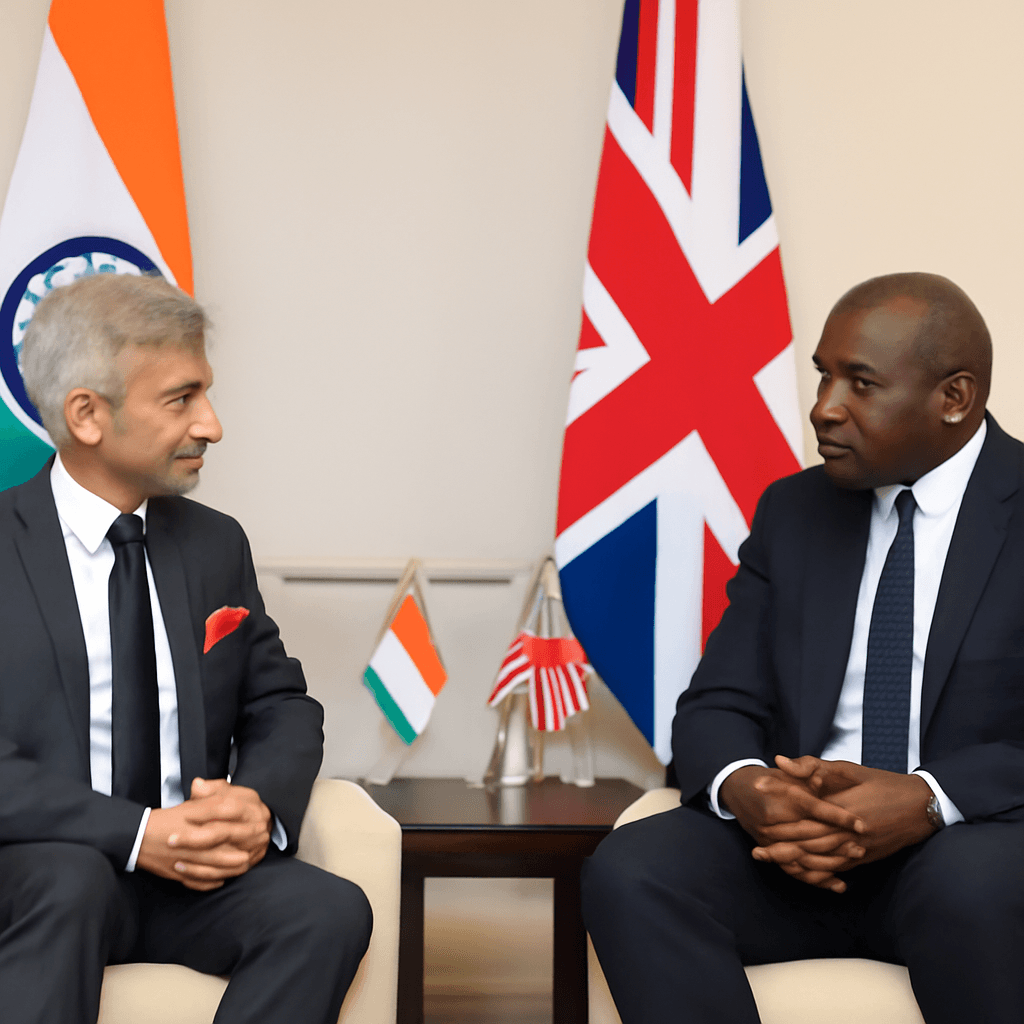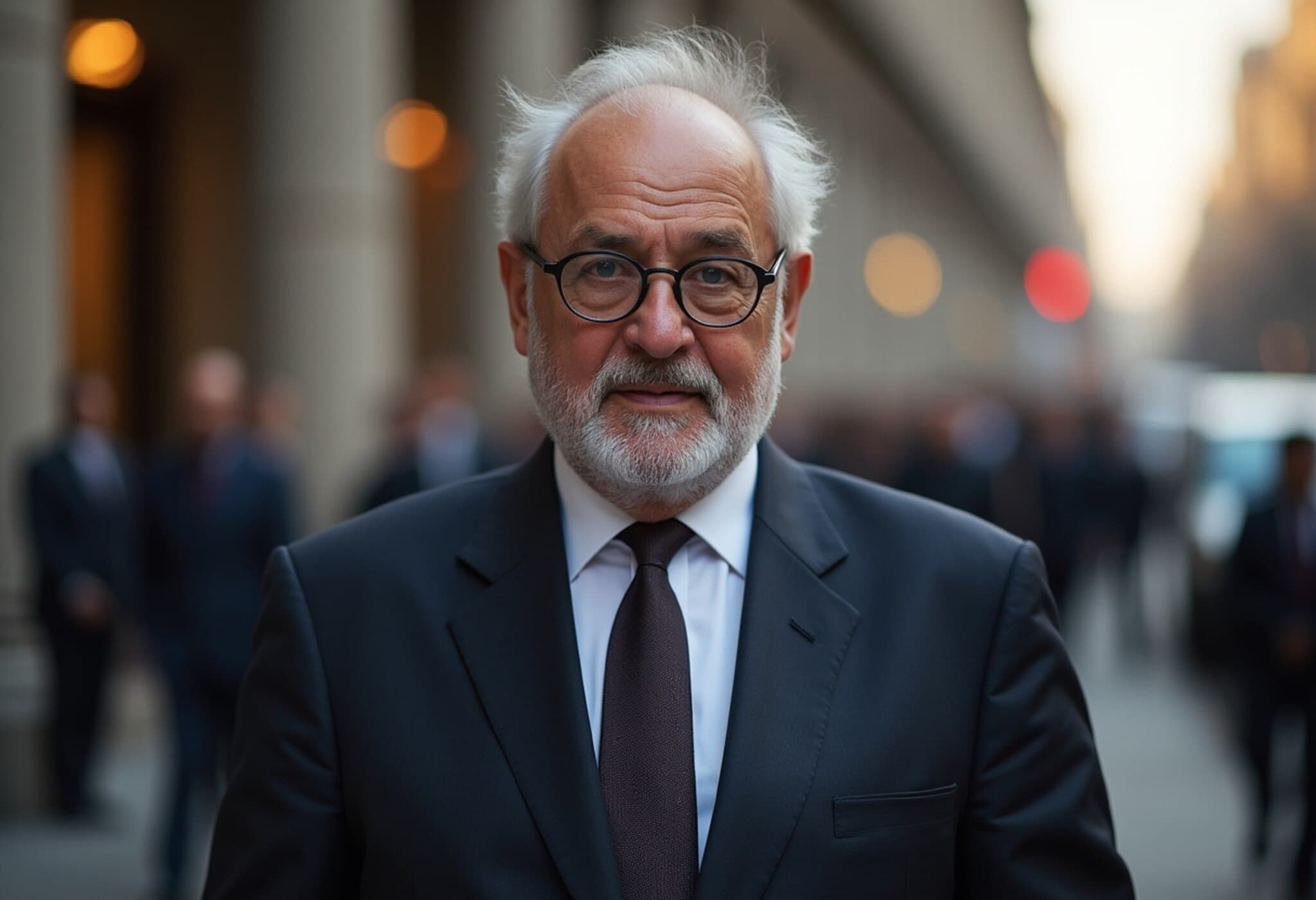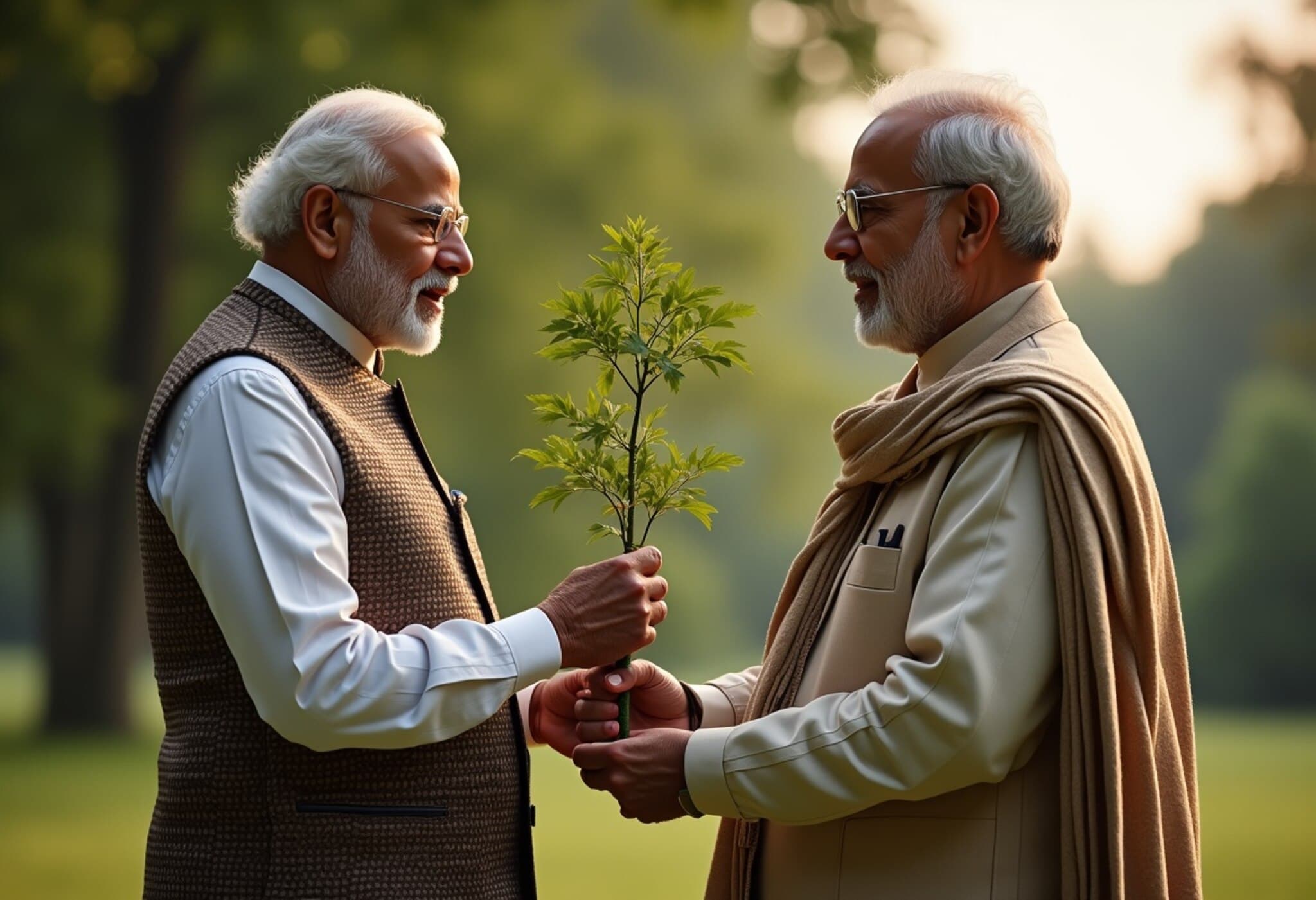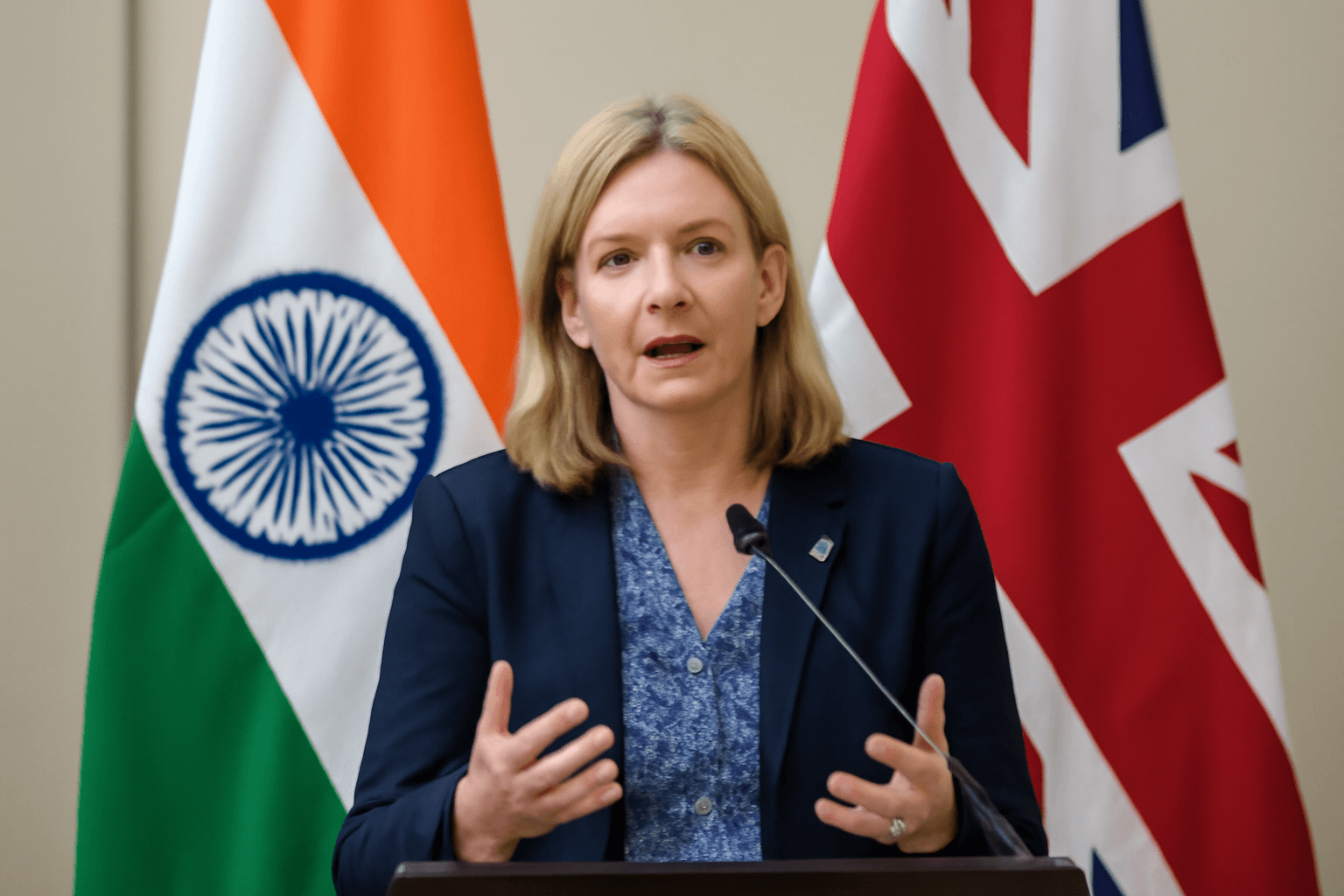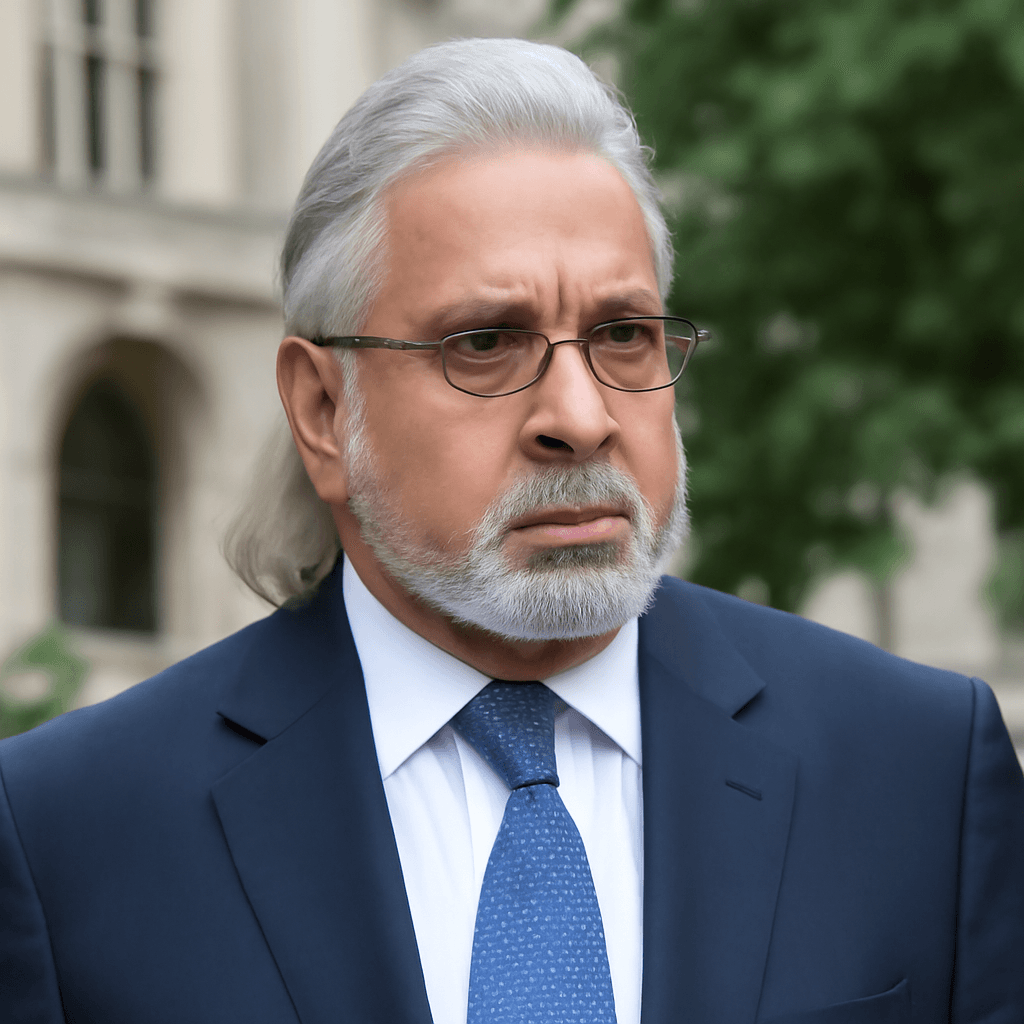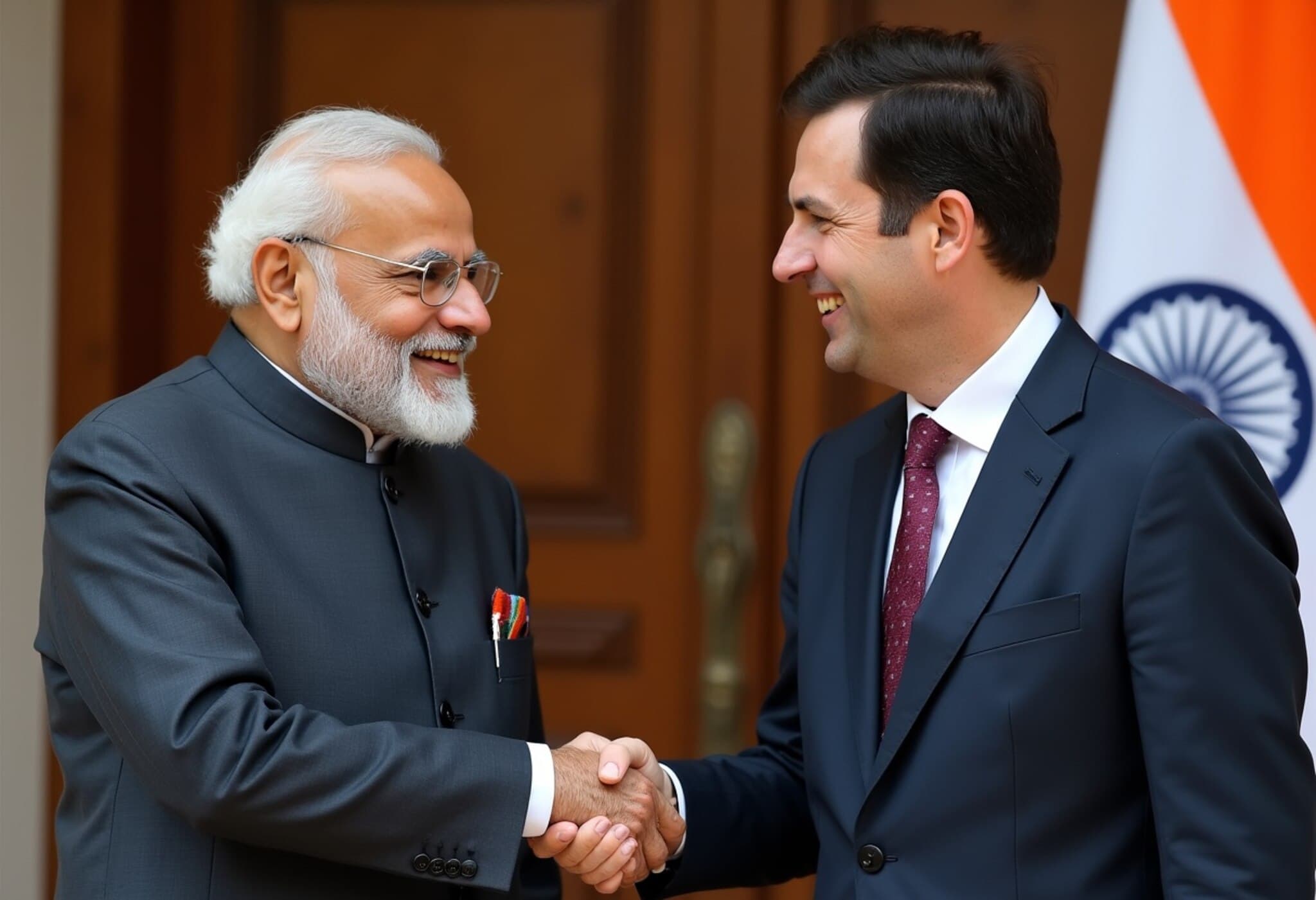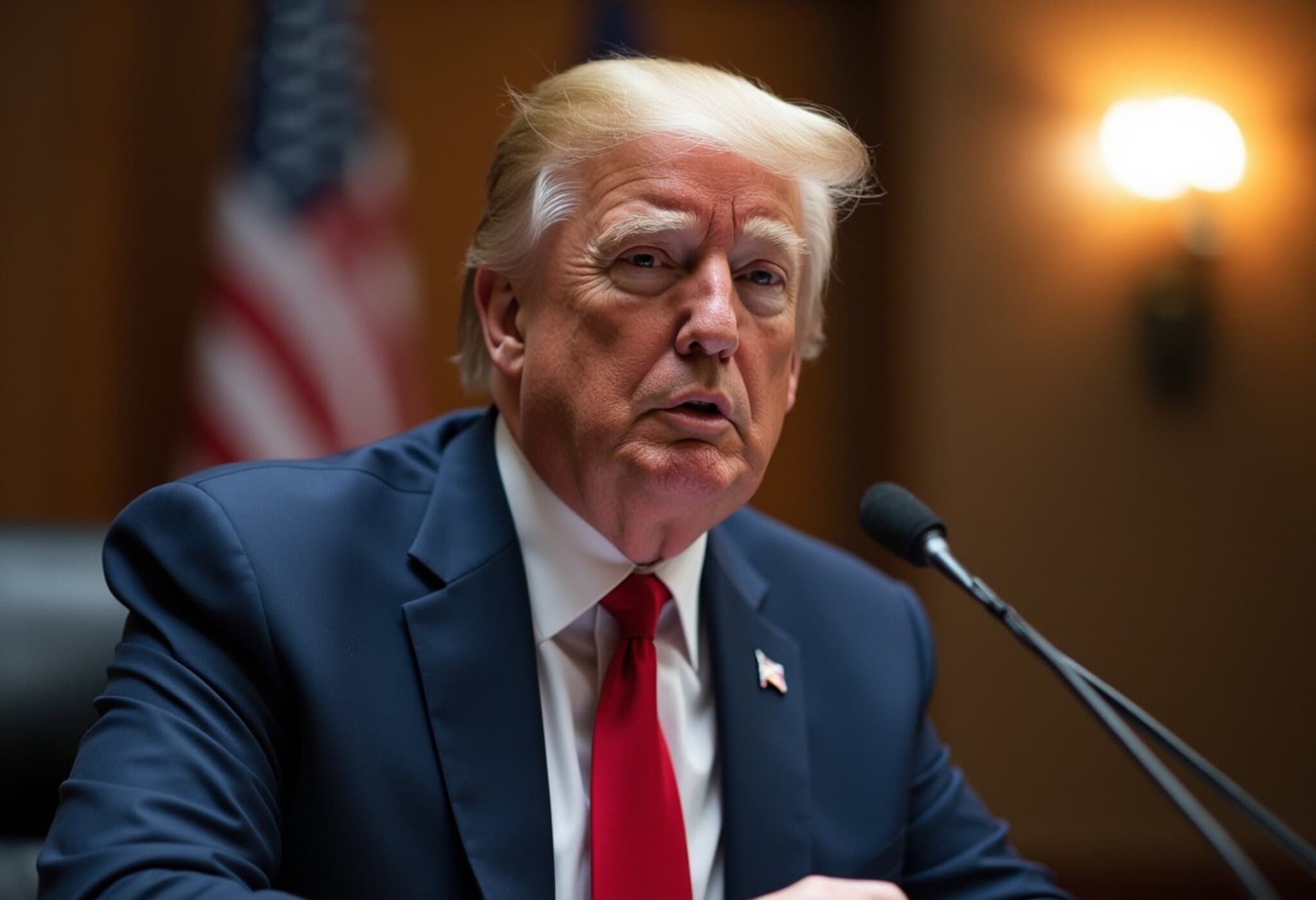Modi and Starmer’s ‘Chai pe Charcha’ at Chequers Signals New India-UK Era
In a warm and symbolic gesture, Indian Prime Minister Narendra Modi and British Prime Minister Keir Starmer shared a moment over tea at Chequers, marking more than a casual conversation. This informal meet – dubbed ‘Chai pe Charcha’ – embodies a deeper renewal of India-UK relations framed through the unveiling of Vision 2035, a bold roadmap to deepen collaboration across trade, defense, technology, and climate action.
Announced in London on July 24, 2025, the Vision 2035 initiative represents the countries’ strategic commitment to taking the Comprehensive Strategic Partnership to a new level, following the signing of the Free Trade Agreement (FTA) earlier this year.
Building Blocks of the India-UK Vision 2035 Roadmap
Both leaders outlined clear targets and milestones, emphasizing the partnership’s multifaceted nature:
- Trade and Economic Growth: Leveraging the recent FTA to unlock new avenues for bilateral trade and investment that nurture jobs and sustainable growth.
- Defence and Security Cooperation: Reinforcing shared commitment to regional and global stability, particularly in the Indo-Pacific.
- Technological Innovation: Pioneering cooperation in cutting-edge fields such as AI, quantum computing, semiconductors, bio-technology, and critical minerals.
- Climate Leadership and Green Finance: Jointly addressing the climate crisis through clean energy transition, mobilizing large-scale climate finance, and building resilience.
- Education and Skills Development: Strengthening transnational educational partnerships and nurturing future leaders in science and technology.
Why This Partnership Matters: Economic and Strategic Context
Experts see India-UK Vision 2035 as a timely boost for both nations. Economically, it opens up valuable markets, while strategically it aligns two democracies on key global governance reforms, including signatures to reform the United Nations Security Council and other multilateral organizations.
The UK, grappling with post-Brexit realignments, gains access to India’s expanding markets and talent pools. Conversely, India benefits from technology transfers, innovation collaborations, and enhanced defense cooperation that fortify its position on the global stage.
Underreported Dynamics: Cultural and Diaspora Connections
Beyond the headlines of trade and defense, Vision 2035 invests heavily in people-to-people ties. With the UK housing one of the largest Indian diasporas globally, cultural exchange and consular cooperation are set to deepen—supporting smoother immigration, education opportunities, and fostering mutual understanding.
This holistic approach reflects an understanding that diplomacy transcends formal agreements; it lives in human connections and shared values.
Accountability and Governance: Ensuring Vision 2035’s Success
The two prime ministers will provide continuous strategic oversight, meeting regularly to assess progress. Annual reviews by the foreign secretaries and external affairs ministers will monitor developments in technology, trade, and financial cooperation, ensuring that the partnership adapts and thrives in a rapidly changing geopolitical environment.
Looking Ahead: The BRISK Partnership and Global Impact
The Vision 2035 explicitly envisions a BRISK (Business, Research, Innovation, Science and technology, Knowledge) partnership, harnessing mutual strengths to chart an ambitious shared future. This framework may serve as a model for other emerging bilateral partnerships as nations seek pragmatic collaboration in a multipolar world.
Both India and the UK reassert their commitment to a rules-based international order and multilateralism, pledging to work together in reforming global institutions such as the WTO, WHO, IMF, and World Bank.
As this partnership unfolds, its effects will resonate beyond national borders—promoting prosperity, innovation, security, and sustainability that align with 21st-century global challenges.
Expert Insight
Dr. Amina Patel, a senior fellow in international relations, notes, “The Vision 2035 initiative reflects an evolved India-UK relationship moving from transactional ties to transformational collaboration. The emphasis on long-term structural goals, technological sovereignty, and multilateral reform shows a mature, future-focused diplomacy.”
For policymakers, businesses, and citizens alike, the key question remains: how effectively will these ambitious goals translate into tangible benefits on the ground? Ongoing transparency and engagement will be critical to sustaining momentum.
Editor’s Note
The India-UK ‘Chai pe Charcha’ and Vision 2035 declaration mark a defining moment in bilateral relations—combining tradition with modern diplomacy and economic foresight. Readers should watch closely how this partnership balances its ambitious global vision with concrete actions that impact millions on both sides. The evolving alliance underscores the power of strategic dialogue in an interconnected world.

